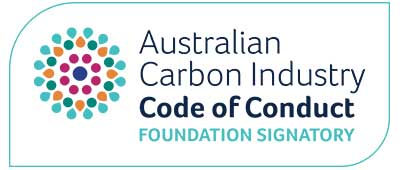Camels killed off?
Will camel projects really be excluded from the proposed Emission Reduction Fund?

Table showing the evolution of Kyoto projects and the proposal to exclude ‘non-Kyoto’ projects under the ERF
We have to go back a bit to explain this story. When the CFI first started, there was quite a large class of ‘non-Kyoto’ projects – all kinds of forest, grazing and rangeland management as well as feral animal management, wetlands management and ‘blue carbon’ projects in the sea. Australia was not responsible for these categories of activities under its Kyoto obligations so these kinds of projects had to find buyers on the voluntary market as the carbon price could only be acquitted through ‘Kyoto’ projects.
In 2012, the previous Australian Government signed up to a second period of the Kyoto Protocol for 2013-2020. Because of changes in compulsory reporting for additional types of activities, many ‘non-Kyoto’ activities became ‘Kyoto activities’. Soil carbon, forest management and rangelands restoration all changed over. This meant these projects can sell credits to companies with a carbon price bill to pay.
Now, under the Emissions Reduction Fund, the new Australian Government has announced in the white paper that ‘non-Kyoto’ projects will not be eligible for credits (White Paper p69). This means the leftover ‘non-Kyoto’ orphans of feral animal management, wetlands management and blue carbon projects in the sea would not be able to be approved under the ERF.

There are lots of camels.
Previously, NorthWest Carbon (not operating any more) invested significantly in a camel methodology (not approved) and other groups have studied and invested in approaches for feral pigs and buffalo. Overseas, the American Carbon Registry has already developed a method for wetlands delta restoration. ‘Blue carbon’ workshops have taken place in Australia.
This policy decision will kill off any further work for carbon projects in these areas. The reason given is to ‘simplify the ERF’. It’s a bit of a shame when the potential for these projects falls disproportionately on Aboriginal land.























